Strolling through the vernal splendor of gardens or the wilds of meadows, a layperson’s eye might mistakenly interchange the identities of two cherished blooms—the humble Buttercup and the dignified Daffodil. Unraveling the threads of this perennial floral mix-up requires an understanding of Buttercup identification and refined daffodil classification, delving into the annals of the Narcissus genus and the diverse Ranunculus family. These perennials’ distinctions define our approach to floriculture and resonate deeply in our hearts, accompanying the dawn of spring with their vivacious personalities.
Whether you’re a poetry enthusiast recalling William Wordsworth or a green thumb pursuing botanical precision, spotting flower differences enriches not only our appreciation for nature’s nuances but also informs our gardening choices. Let’s look at these radiant flowers more closely, separate fact from fondly-held fiction, and bestow upon each the rightful name, celebrating their individual contributions to the kaleidoscope of spring.
Table of Contents
Key Takeaways
- Identify the botanic distinctions between the Buttercup and the Daffodil.
- Discern and apply the correct nomenclature within the Narcissus genus.
- Appreciate the unique growing traits and characteristics of perennial flowers.
- Recognize the historical and cultural mix-up between these two flowers.
- Gain gardening insights for better flower bed planning and maintenance.
- Understand the importance of toxic plant awareness for a safe garden environment.
An Introduction to Daffodils and Buttercups
As the earth thaws and the first notes of spring whisper through the air, two flowers often emerge as subjects of mistaken identity. The vibrant blooms of the Narcissus genus and the less-celebrated yet undeniably cheerful flowers of the Ranunculus herbaceous mimic each other in hues and early bloom times. They represent a lineage of spring perennial plants that mark the commencement of the season. This section will reveal the taxonomic distinctions that set apart the regal daffodil from humble buttercups, providing a primer on their respective flower families. Moreover, we will elucidate the jonquil daffodil differentiation to abolish the common confusion between these related, yet distinct, species.
Understanding the Genus: Narcissus and Ranunculus
Many garden enthusiasts and nature lovers alike might not realize that the Narcissus genus is a comprehensive family that not only includes the well-known daffodil but also encompasses a variety of other subspecies such as jonquils. Conversely, the Ranunculus family, home to the buttercup, is an entirely different lineage within the botanical realm. Each Ranunculus herbaceous species bears its own unique identity, commonly marked by bright, typically yellow petals that charm the eyes and signal warmer days.
Daffodils and Jonquils: Clarifying the Terms
In the context of common usage, the terms daffodil and jonquil are often mistakenly used interchangeably. While all jonquils fall under the broader umbrella of the Narcissus genus, not all daffodils can be accurately referred to as jonquils. Jonquils, belonging to a specific subdivision within the Narcissus family, possess distinct traits—such as a sweet fragrance and reed-like foliage—that are not universally present in all daffodil varieties. Understanding this differentiation is essential for the plant enthusiast aiming to curate a diverse and accurately labeled garden.
The Early Arrival of Spring Blooms
The arrival of both daffodils and buttercups heralds the retreat of winter’s blanket. They are ambassadors of the seasonal transition, their striking yellow blossoms a testament to the resilience and cyclical rebirth inherent in nature’s design. As spring perennial plants, daffodils rise heartily from their bulbs, while buttercups, the Ranunculus’ cheerful kin, tenderly push through the soil—each in their own time and manner, painting the landscape with strokes of golden optimism.
Unveiling the Distinct Characteristics of Daffodils
The garden awakens in the spring, and amongst the first to herald its revival are the enchanting daffodils. Understanding daffodil identification is key to truly appreciating these spring flowers that have captivated the hearts of horticulturists and poets alike. With a focus on their hallmark trumpet-shaped blooms, we peel back the layers of these beloved naturalizing perennials to delve into their quintessence. From their embodiment of spring’s awakening to the ease of daffodil planting, let’s explore what makes daffodils a generational favorite in gardens across the globe.
The Prominent Trumpet Shape of Daffodils
Amidst the diverse family of spring bloomers, the daffodil stands out with its signature feature: the elegant, trumpet-shaped corona. This distinctive shape not only sets the daffodil apart for easy identification but also adds a structural finesse to garden landscapes. The extended corona radiates outward, encapsulating the essence of a nature’s megaphone, announcing the arrival of spring. Its aesthetic appeal is undeniable and fundamentally distinguishes the daffodil from the more modest buttercup.
Daffodils: A Sign of Spring’s Commencement
As natural indicators of a season in transition, daffodils symbolize the end of dormant winters and the blossom of vernal hope. Their presence in clusters, casually dotted across lawns and hedges, weaves a tapestry of joy as it blankets the awakening earth. Vibrant and vigorous, these spring flowers sustain their display from the earliest thaw through the balmy onset of summer, marking them as true sentinels of the spring garden calendar.
Planting and Naturalizing Daffodil Bulbs
One of the beauties of cultivating daffodils lies in their propensity for naturalizing—flourishing repeatedly, year after year, with scant gardener intervention. These perennials can be started in one’s garden by invoking a stroke of whimsy: scatter bulbs across the soil bed and situate them where they come to rest. This approach mimics their random yet aesthetically pleasing natural growth patterns. Optimal daffodil planting ensures they are deeply bedded in well-nurtured, sun-kissed soil, setting the stage for a captivating annual resurgence.
Whether you seek a touch of exuberance or a low-maintenance perennial that promises a return, the daffodil, with its effortless charm and resilience, rises to the occasion. By welcoming these cherished blooms into your garden, you invite a cycle of renewal and celebration that encapsulates the glory of springtime year after year.
Buttercup: The Vibrant Wildflower with a Dark Side
The dappled sunlit fields of spring are often speckled with the dazzling yellows of buttercups, delightful to the eye but far more complex upon closer examination. Experts in Buttercup recognition understand that these wildflowers, while akin in color to the cherished daffodil, belong to the Ranunculus species. This discrepancy is significant; it differentiates not just two distinct blooms, but also highlights the paradoxical nature of the buttercup as both an enchanting wildflower and a potential garden adversary.
The challenge of wildflower identification invites us to delve deeper into the botanical intricacies that distinguish the Ranunculus’s widespread petals from other flora. Originating from the Ranunculus genus, buttercups boast a radiant array of herbaceous perennials, each petal spreading outwards, as if stretching to embrace the sun’s warming rays.
Yet, beneath the buttercup’s apparent comeliness lies the truth of its toxicity. Notoriously known as toxic plants, buttercups carry harmful properties that can affect animals and humans if ingested, manifesting in blisters or more severe gastrointestinal discomfort. Their striking beauty masks this hazard, a formidable trait that requires gardeners to exercise care and knowledge in their floral pursuits.
Furthermore, the resilience and intrusive nature of buttercups often earn them the title of garden weeds. Their invasive character can overrun cultivated spaces, challenging gardeners who aim to curate a harmonious bouquet of plant life within their private Edens. Agricultural settings, in particular, witness the aggressive spread of these wildflowers, posing a threat to both the diversity of flora and the health of fauna.
| Ranunculus Species | Distinctive Features | Toxicity | Status in Gardens |
|---|---|---|---|
| Meadow Buttercup | Vibrant yellow, five petals | Toxic if ingested | Often regarded as a weed |
| Creeping Buttercup | Yellow flowers, running stems | Causes skin blisters | Invasive in lawns and gardens |
| Marsh Marigold | Bright yellow, loves wet areas | Mildly toxic | Less invasive, sometimes cultivated |
| Persian Buttercup | Multicolored, ornamental | Treated as less toxic | Popular in gardens for its beauty |
In short, the jubilant facade of the buttercup belies its darker attributes, necessitating both respect and prudence in wildflower identification and cultivation. As this section draws to a close, it compels garden enthusiasts to wield their knowledge judiciously, striking a balance between admiration of the buttercup’s beauty and the vigilant maintenance of a safe and thriving garden.
The Beauty and Beast: Buttercup vs Daffodil Bloom Differences
As the garden season unfolds, it’s essential to understand the subtle yet significant distinctions between the effervescent buttercup and the elegant daffodil. These differences can guide gardeners in choosing the right plant for their spaces and contribute to more vibrant and diverse landscapes. The following exploration provides a detailed flower structure comparison, sheds light on the bloom color diversity, and highlights garden-friendly flowers for perennial flower growth.
Blossom Structure Distinctions
Observing the architectural design of flowers can be as enlightening as it is delightful. The buttercup showcases smaller, cup-shaped petals that bid a humble welcome to the onlooker. In contrast, the daffodil asserts itself with pointed petals surrounding a pronounced trumpet center—a structure synonymous with its identity. This flower structure comparison reveals nature’s meticulous craft in differentiating species and is fundamental for those looking to identify their blooms accurately.
Telling Colors Apart: Not Just Shades of Yellow
The palette of the plant kingdom stretches far beyond the spectrum of yellow often associated with both daffodils and buttercups. Bloom color diversity in daffodils can include shades of white, peach, and even pink, offering a kaleidoscopic effect in gardens. Buttercups too, though commonly envisioned in yellow, can present in whites and even subtle greens, adding to the chromatic richness of the natural tapestry.
Which Plant is a Gardener’s Friend?
Determining which plant is more garden-friendly can be pivotal to landscape success. Daffodils tend to be the gardener’s companion, thriving with minimal care once their bulbs are situated in nourishing soil. This ease in perennial flower growth makes them a staple in many horticultural designs. Buttercups, however, have a less amiable reputation. Their tendency to spread aggressively can dominate spaces and stifle the growth of neighboring plants, requiring vigilance to manage.
In sum, appreciating the nuances between the buttercup and daffodil not only enhances our horticultural literacy but also influences the aesthetic and practical outcomes of our gardening endeavors. Whether seeking vibrant color, unique structures, or a garden-friendly addition, knowing these differences ensures a blooming garden season after season.
Cultivating and Caring for Your Spring Flowers
Embarking on the journey of growing daffodils and managing buttercups enriches the springtime garden, meshing vibrant aesthetics with horticultural satisfaction. Whether you’re a seasoned gardener or a beginner, these invaluable spring gardening tips will facilitate the nurturing of daffodils and the containment of buttercups. Proper perennial plant care and flower bed maintenance pivot on a few key practices that can transform any green space into a flourishing tapestry of color and life. Let’s delve into the essentials of garden care that ensure a picturesque spring display.
Successful daffodil cultivation begins in the fall, allowing their bulbs to establish roots before the winter freeze. Plant daffodil bulbs at depths about three times the height of the bulb and space them a few inches apart. This practice ensures that as the ground thaws, your spring flowers will be well on their way to breaking through the soil, ready to bask in the spring sun.
- Site Selection: Choose a location with good drainage and ample sunlight, as daffodils thrive in areas that simulate their natural woodland and meadow habitats.
- Soil Preparation: Rich, well-draining soil is crucial. Amend the soil with compost or well-rotted manure to improve nutrient content and structure.
- Watering: Daffodils require consistent moisture during their growing season, so water thoroughly when the soil appears dry.
- Deadheading: Remove spent flowers to redirect the plant’s energy into bulb growth, which boosts next year’s blooming potential.
On the contrary, managing the buttercup requires a different approach, especially for gardeners who find the invasive nature of this plant less than desirable. Buttercups spread rapidly through both seeds and root division, necessitating a strategic management plan to prevent their takeover of flower beds.
- Identification and Monitoring: Regularly inspect your garden for the emergence of buttercup seedlings and promptly remove them.
- Physical Removal: Manually extracting buttercups, ensuring to remove the entire root system, can prevent their spread.
- Chemical Solutions: In severe infestations, judicious use of herbicides may be necessary. Always select treatments that are safe for surrounding plants and the environment.
- Mulching: A thick layer of mulch helps suppress buttercup seed germination and makes it easier to remove any that sprout.
| Spring Flower | Planting Time | Care Tips | Soil Requirements |
|---|---|---|---|
| Daffodils | Fall | Regular watering and deadheading | Well-drained, nutrient-rich |
| Buttercups | Spring (for managed cultivation) | Monitoring and removal | Prefer diverse conditions, less particular |
Perennial plant care is as much an art as it is science, balancing knowledge with observation and responsiveness. The joy of growing daffodils lies in observing these hardy blooms return with vigor each year, while managing buttercups in the garden may be a necessary challenge. By incorporating these spring gardening tips and focusing on diligent flower bed maintenance, any gardener can cultivate a beautiful, sustainable spring display that thrives in harmony with its environment.
Conclusion
As we draw the curtains on our exploration of the daffodil and buttercup’s verdant world, we carry forward a renewed sense of wonderment towards these staple springtime blooms. Embracing the beauty and complexity of these flowers not only enhances the aesthetic appeal of our gardens but serves as a testament to nature’s diversity. With each section of this dialogue, we’ve armed our readers with the insights necessary for adept spring garden planning, laying a foundation for bountiful gardens that brim with life and color. As agents of perennial garden enhancement, these vibrant botanicals can transform any garden into an effusion of splendor.
Enriching Your Garden with Knowledge and Beauty
A garden is a canvas where knowledge and beauty converge to create an art form that evolves with the seasons. An informed gardener uses the power of understanding to celebrate flower diversity and leverages this to curate a space that is not only a visual treat but also a haven for the ecosystem. The key takeaway from our verdant journey? With each flower’s unique attributes, spring emerges not as a monolith but as a mosaic, radiant with the distinctive flair of each bloom. It is this understanding that can elevate the simplest patch of green into an exemplar of floral beauty appreciation.
Appreciating the Unique Qualities of Each Flower
As cultivators of the earth’s richness, we not only shape our gardens but are also shaped by the personal and cultural connections that these flowers inspire. Whether it’s the daffodil, with its storied history and literary fame, or the wild buttercup, evocative of childhood innocence and fields untamed, our gardens become repositories of memories and anchors of identity. By choosing the right flowers for our plots, we infuse our spaces with life—celebrating the resilience and charm of the daffodil alongside the free spirit of the buttercup. This interplay of flora instills our gardens with an enduring symphony of colors and is the cornerstone of the enchantment we call gardening.
In practice, our gardens are personal sanctuaries and community legacies that tell of our reverence for nature’s craft. They are the tangible expressions of a season’s potential and the joy it can foster within us. So, as you sift through soil and seed, remember that each act of planting is a contribution to an anthology of perennial beauty. Let the laughs of jonquils and the whispers of buttercups guide your spring garden planning, and may your garden be enriched, diverse, vibrant—and perpetually in bloom.

Gardening is my passion and growing plants indoors has always been a stress relief for me. Grow a banana tree in my apartment once (although failed to produce bananas).

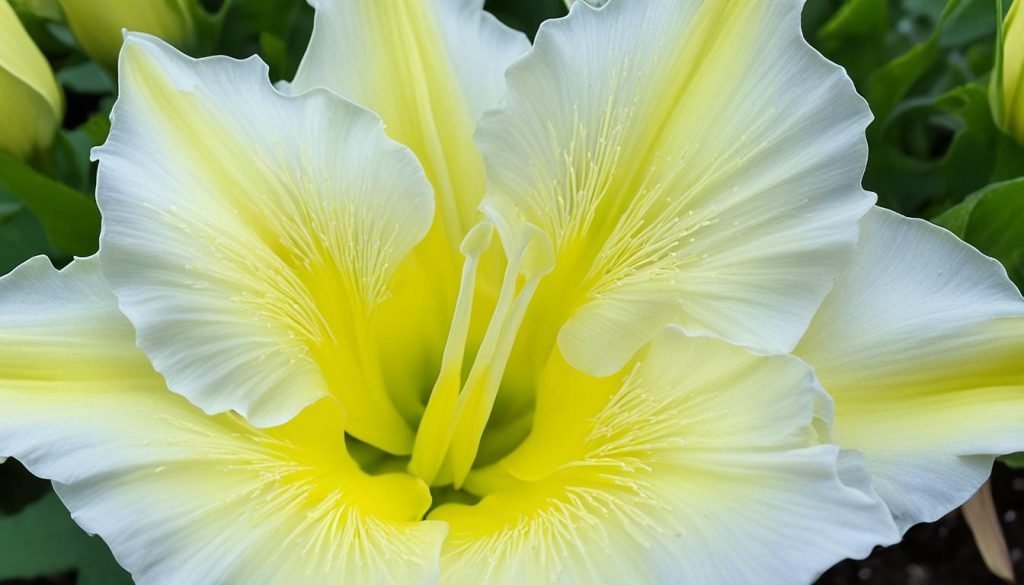

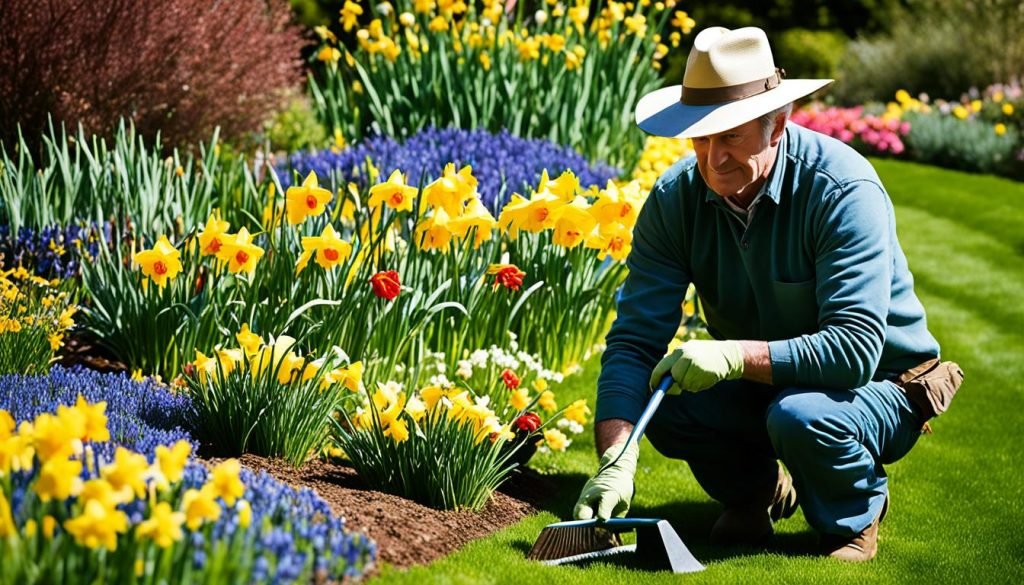
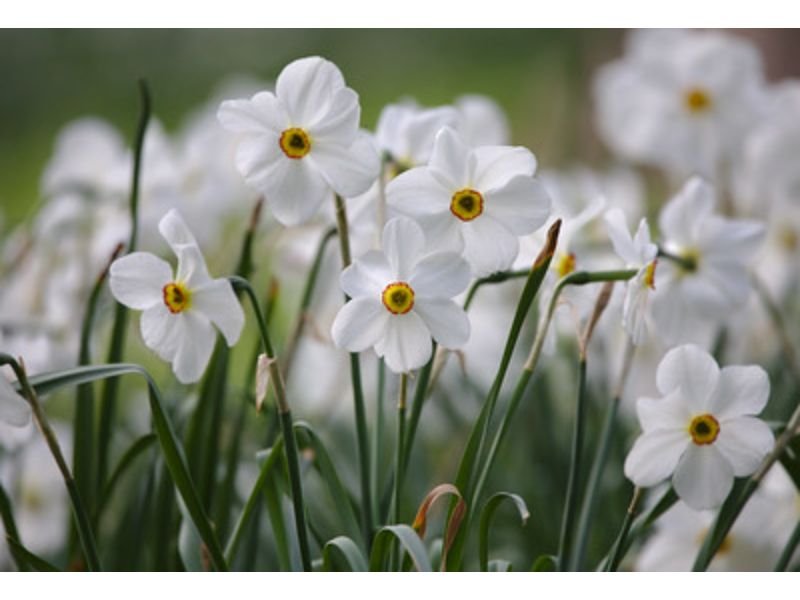



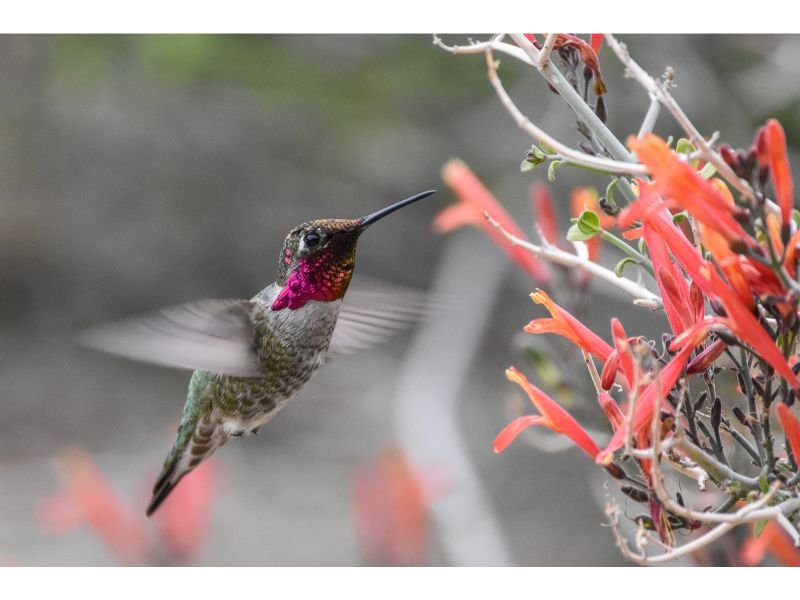
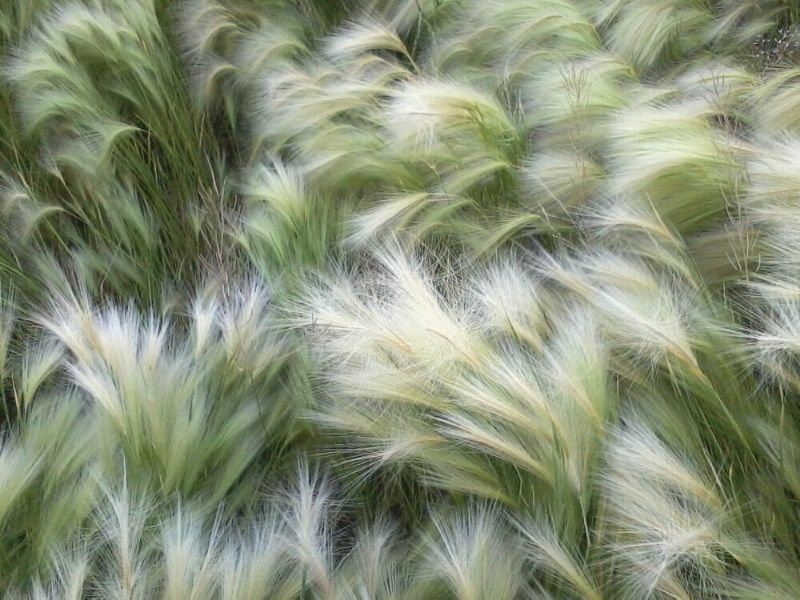
What’s the difference in a nutshell?